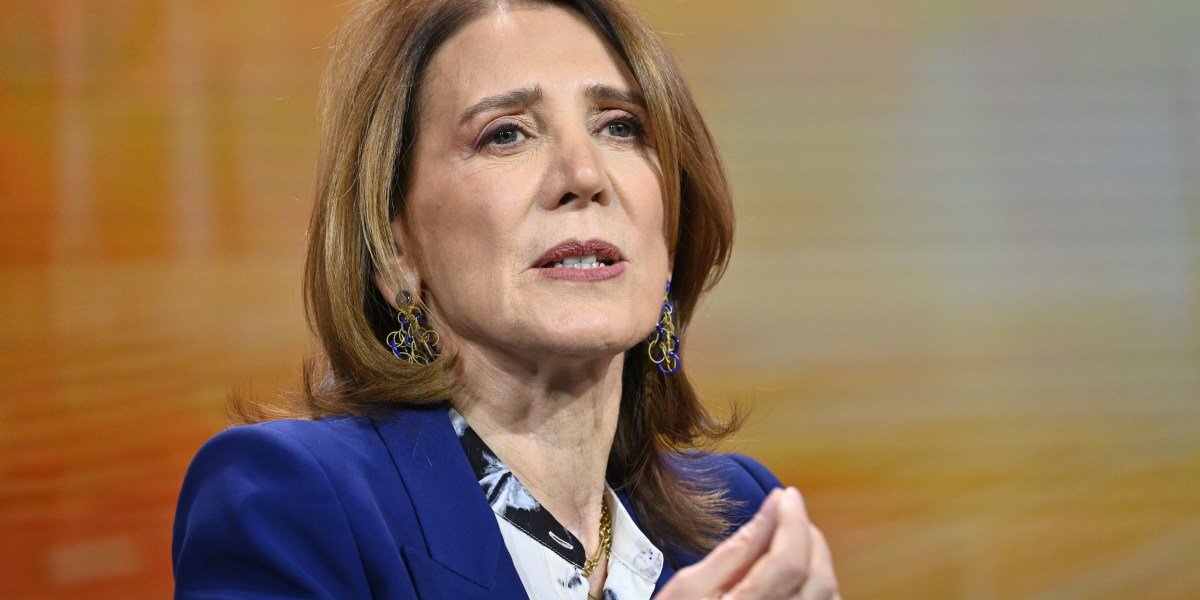
Google CEO Ruth Porat: “We should be able to cure cancer in our lifetime” using artificial intelligence
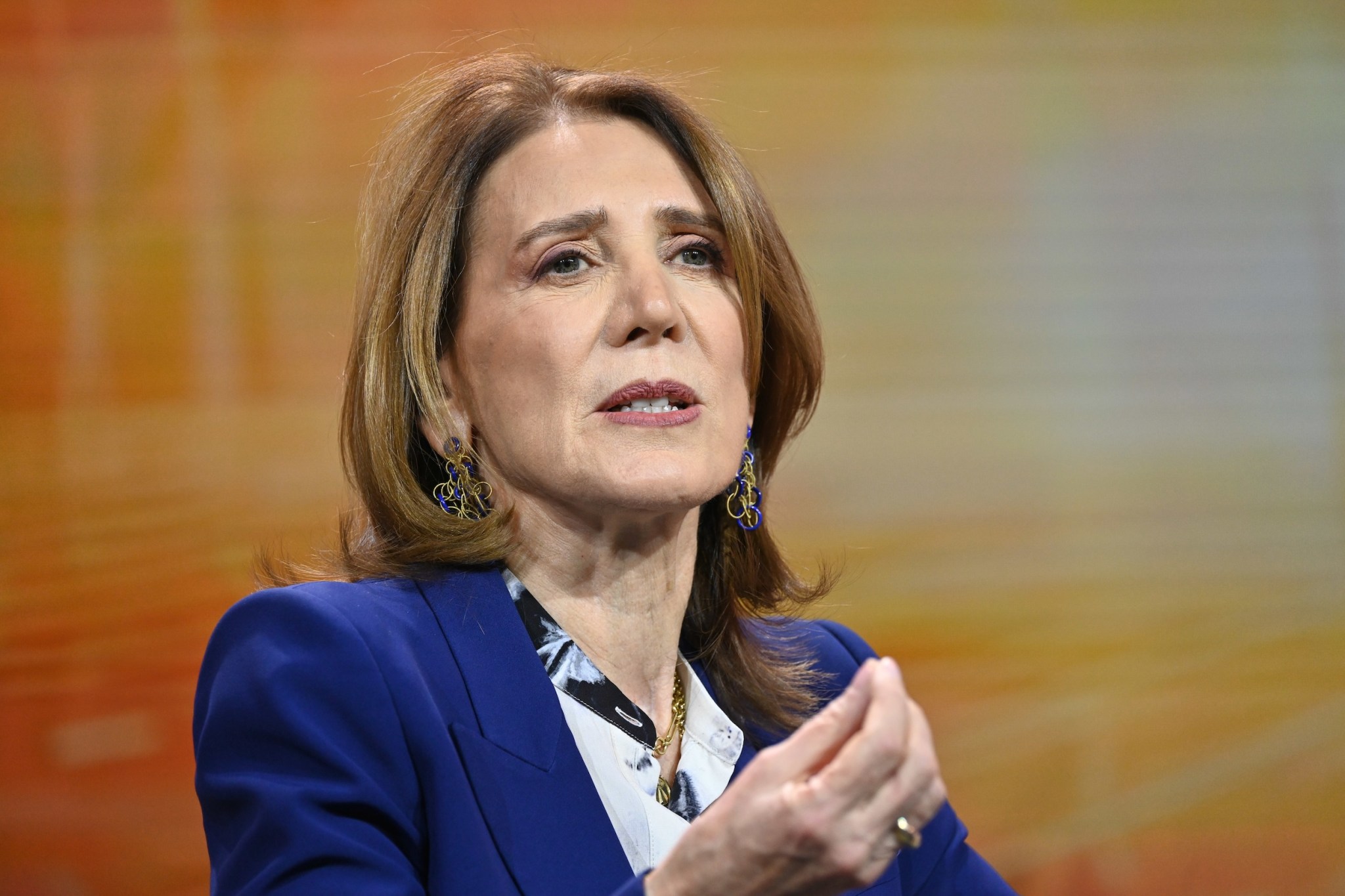
Ruth Porat, President and Chief Investment Officer of Googlestruck an optimistic note about the future of artificial intelligence at the conference Global Luck Forum“We are all fortunate to live in this time in history” because of the opportunity presented by artificial intelligence — a revolution she described as “much more than just a chatbot,” she told an audience in Riyadh, Saudi Arabia.
Talk side by side Saudi Minister of Investment Khalid Al-Falihand Barclays Group CEO CS VenkatakrishnanPorat sketched a comprehensive vision of the economic, social, and scientific potential of artificial intelligence, and highlighted the number of Nobel Prize winners she was fortunate to work with in alphabet. It has framed AI not just as a technological advance, but as a transformative force capable of reshaping entire industries, fueling economic growth, and advancing human progress at an unprecedented pace.
Porat said that “people are playing” with AI through chatbots, which is “awesome, because that brings you on the journey. But then the question is: What does it mean for my country? What does it mean for my business?” She said how “we actually live” through major breakthroughs in health and science is underappreciated.
Can artificial intelligence cure cancer?
Porat pointed to breakthroughs in healthcare as evidence of the broader promise of artificial intelligence. And highlighted Alpha Fold from Deep Mindwhich maps protein structures in 3D, noting that it has been described as “the greatest contribution to drug discovery in our lifetime.” This open source project has been used by millions of scientists in more than 190 countries, accelerating research into diseases that were previously considered intractable.
She also said that great work is being done in early diagnosis of diseases. “We all know that early diagnosis can make the difference between survival or not or how difficult the course of treatment is.” In the case of cancer, for example, this comes by seeing metastatic cells early enough to treat the disease before it spreads. This is the proverb of “finding the needle in the haystack,” she said, likening its application to cybersecurity and finding malicious code.
“We should be able to cure cancer in our lifetime,” Porat emphasized, describing artificial intelligence as the main driver of scientific discovery. She talked about early cancer detection, AI-powered cybersecurity defenses that identify threats before they happen, and productivity gains that free workers “from administrative tasks that take us away from what matters most.”
Balancing speed and responsibility
Porat and Venkatakrishnan discussed how this moment requires urgency from governments and businesses alike. “Every head of state I meet wants to be part of this digital transformation,” Porat explained. She pointed to amazing potential economic benefits, noting that estimates show that artificial intelligence could achieve a GDP increase of $200 billion for Saudi Arabia and “trillions globally.” But it argued that unlocking this value would require serious investments in both energy and infrastructure.
In the United States, for example, she said that simply modernizing the electrical grid could create 100 gigawatts of unused capacity, a figure Backed by independent research. The power is literally sitting there “waiting to be delivered,” she said. Another bottleneck is the lack of talent in the form of labor trades, especially electricians, Porat noted, echoing other Fortune 500 leaders such as Ford CEO Jim Farley. She added that Google is investing in training programs for electricians as part of its workforce initiatives, recognizing that technological progress only matters if communities prepare workers to participate in it. “There are jobs that come in the trades as well as outside via business.”
Venkatakrishnan discussed the “huge amount of investments, hundreds of billions if not trillions that are happening around the world.” He implicitly acknowledged discussions about a potential bubble in AI infrastructure, saying: “In all big capital investment cycles, there will be some misallocation, some misinvestment. That’s always true. And I think it’s important for people to be wary of it.” Whether demand turns out to be one or five times a given forecast, he said, investing in infrastructure – and by extension the traders who build and manage it – is a wise choice. Great capital cycles also require partners you can trust and “who will be there for the long term and who will help you through the teething issues,” Venkatakrishnan added.
Her message echoed the themes of inclusion and global partnership that ran throughout the panel, especially as Saudi Arabia positions itself as a regional hub for digital infrastructure and investment in artificial intelligence. Al-Falih stressed his country’s long-term strategy to build supply chain resilience and energy capacity to power the digital economy in the future.
Porat concluded his speech by urging leaders to research and reimagine what is possible in their organizations. She said the transformative potential of this technology lies not only in enhancing productivity, but also in raising the level of human creativity and purpose.
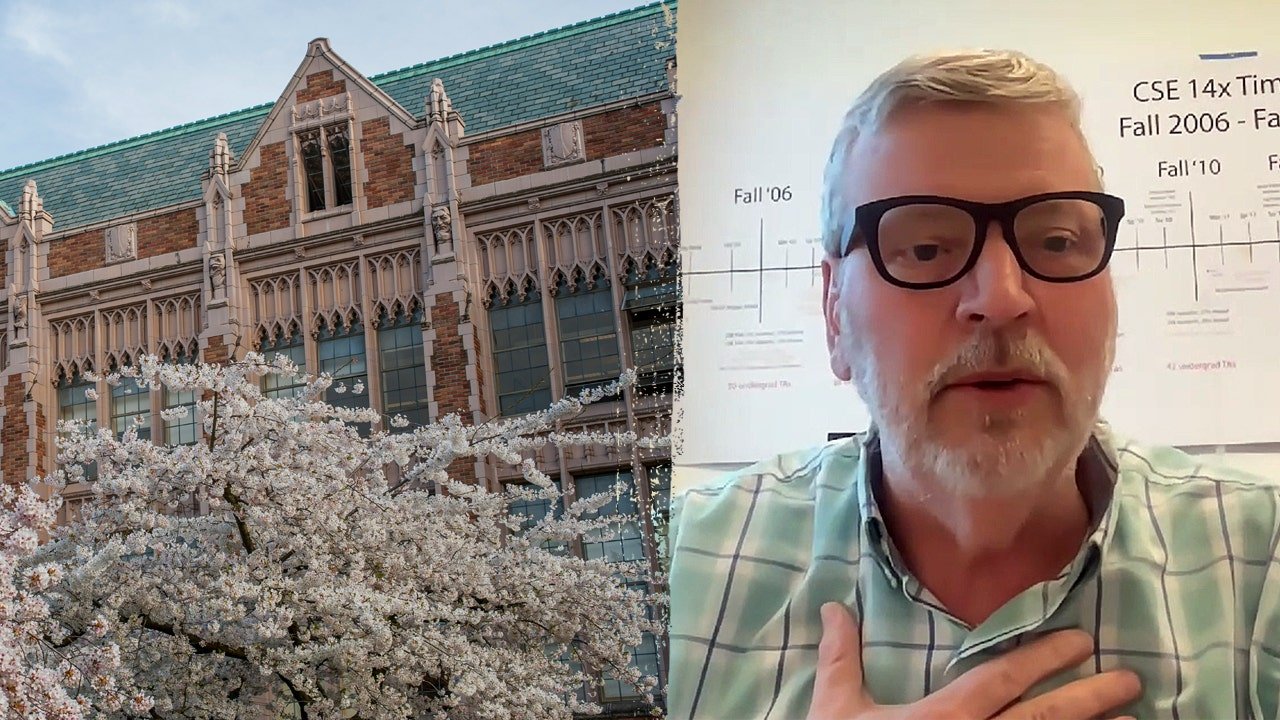



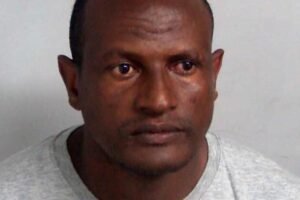






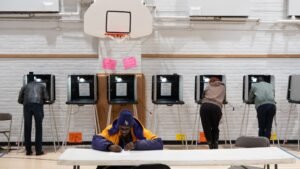

Post Comment